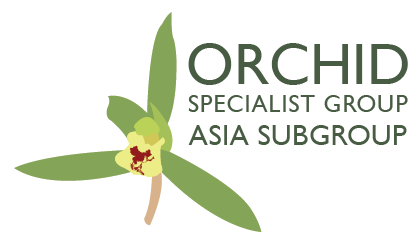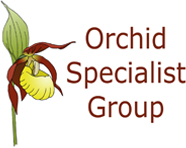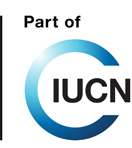Prioritising orchids of Indo-Burma and Hong Kong for conservation based on phylogenetic history and extinction risk
Global biodiversity is under extreme anthropogenic pressure and the situation for plants is of particular concern. As much as 40% of all plant species are thought to be threatened with extinction, as compared with about 25% of all mammals and 15% of all birds. Despite their vital ecological role as primary producers in terrestrial ecosystems, total taxonomic diversity of plants remains unknown and a comprehensive listing of each species’ extinction risk is still a distant prospect. Taxonomic diversity and extinction risk are not uniformly distributed in space, however, with a disproportionately large number of the world’s species facing a disproportionately great degree of threat in 35 so-called biodiversity hotspots.
The Indo-Burma Biodiversity Hotspot (IBBH), for example, stretches from Northeast India through Myanmar and across southern China to Thailand and Indochina, and harbours in excess of 13,500 plant species, of which more than half are thought to be endemic. However, less than 5% of its original vegetation remains intact. Key threats to its native plants include logging, the expansion of plantation forestry and agriculture, urbanisation, and poaching for the wildlife trade. Means of assessing vulnerability to specified threats and setting priorities are now urgently required at the scale of hotspots such as IBBH.
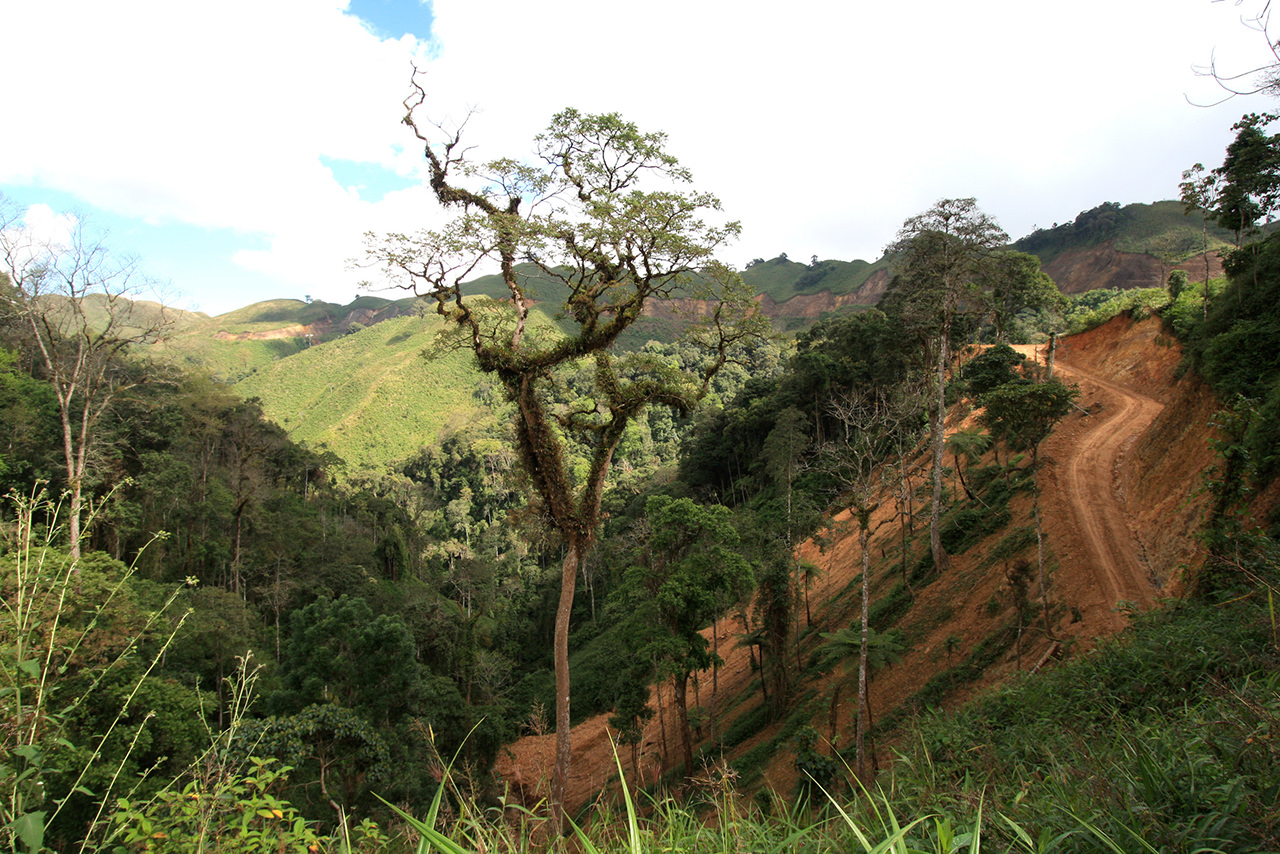
As this view of fragmented montane forest in northern Laos indicates, precious little of the original vegetation of the Indo-Burma Biodiversity Hotspot remains. What does the future hold for the epiphytic orchids that cling onto isolated trees such as this one? Photo: S. Gale.
Many governments and international donors stipulate that a species must be regarded as threatened (VU, EN or CR) according to IUCN criteria in order to qualify for conservation funding. Given the patchy coverage of Red List assessments for plants, this has meant that inclusion in the Red List alone has in some cases become a de facto means of prioritising. However, because the selection of species for Red Listing is itself subject to bias, this can place certain species at an artificial ‘advantage’. Alternative methods for identifying priorities have therefore been proposed, with emphasis being increasingly placed on the incorporation of a species’ phylogenetic or evolutionary history into the decision-making process. Several indices have been developed to this end. Most fundamentally, Phylogenetic Diversity (PD) accounts for species richness to provide a measure of the length of evolutionary pathways connecting a given a set of taxa within an evolutionary tree. Evolutionary Distinctiveness (ED), on the other hand, attempts to measure the unique evolutionary history represented by a species in a dated phylogenetic tree: the earlier a lineage split from its most recent common ancestor, the more evolutionary distinctiveness it embodies. Factoring in extinction risk, as measured using the Global Red List, has led to a suite of derived indices which quantify the evolutionary history that would be lost in the event of the extinction of a given species. Priority-setting by identifying “evolutionary distinct, globally endangered” (or EDGE) taxa, for example, has gained momentum: first developed for mammals, for which both robust, dated phylogenies and virtually comprehensive global Red List assessments are available, EDGE has since been applied also to amphibians and birds. But its potential has yet to be explored for the prioritisation of plants.
In order to examine the applicability of an evolutionary history-based approach to priority-setting in a large, threatened plant group at the scale of a biodiversity hotspot, botanists at Kadoorie Farm and Botanic Garden constructed a phylogenetic tree for the orchids of IBBH using data available in GenBank supplemented with newly generated sequence data for species available in their living collection. Conservation assessment information was incorporated from the global Red List as well as national Red Data books for countries that form part of IBBH, facilitating analysis of the efficacy of different phylogenetic metrics at both the global and national level. It was hoped that this work would stimulate broader integration of phylogenetic information in priority-setting among plants, together with a renewed drive to Red List plant groups known to be at risk.
The study (Li et al. 2018. Bot. J. Linn. Soc. 186: 473–497) revealed Thailand, South China and Vietnam as harbouring the highest Phylogenetic Diversity, and Tropidia curculigoides, Thaia saprophytica and Risleya atropurpurea as accounting for disproportionately great Evolutionary Distinctiveness. Though patchy, integrating global and national Red List data justified several priorities, particularly in the intensively poached genera Paphiopedilum and Dendrobium. Addressing biases in the phylogenetic and conservation status data sets requires that botanic gardens in the region accession under-represented taxa, and that both citizen scientists and professional researchers contribute more fully to Red Lists. Governments are urged to step-up protection of habitats highlighted as cradles of exceptional orchid diversity.
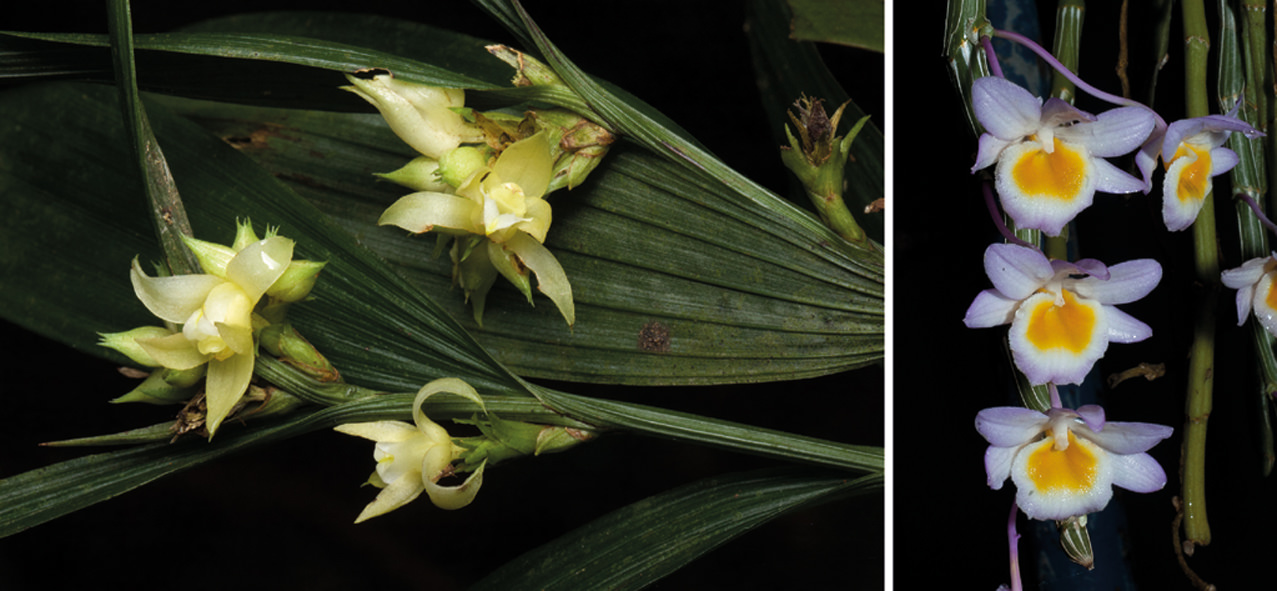
Tropidia curculigoides (left) was revealed as representing exceptionally high Evolutionary Distinctiveness in the orchid flora of the Indo-Burma region. Dendrobium crepidatum (right) is one of many Dendrobium species threatened by trade. Photos: S. Gale/P. Kumar.
Lying at eastern margin of the IBBH, the Special Administrative Region of Hong Kong amounts to just 1,100 km2 but has a known flora of 2,175 species, including 136 species of Orchidaceae representing 65 genera, 14 tribes and all five subfamilies. Most orchids in Hong Kong face a disproportionately great risk of extinction.
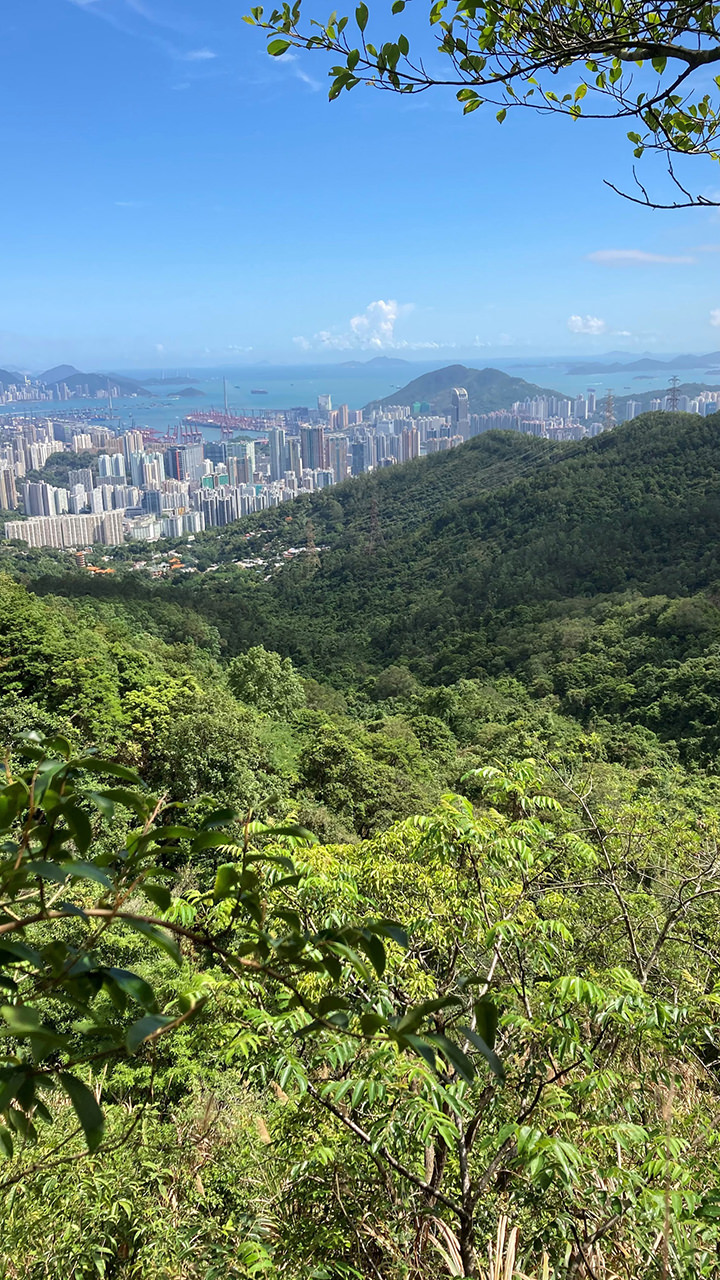
Hong Kong lies at the eastern margin of the Indo-Burma Biodiversity Hotspot, with a rich – though degraded and threatened – flora to match. Photo: S. Gale.
Hong Kong lies at the eastern margin of the Indo-Burma Biodiversity Hotspot, with a rich – though degraded and threatened – flora to match. Photo: S. Gale.
Making use of comprehensive sampling of Hong Kong’s orchid flora, authors of the IBBH study are now completing a DNA barcoding framework using ITS and matK markers to examine the utility of the same phylogenetic metrics for prioritising threatened species at a more local scale. Reconstruction of a time-calibrated phylogenetic tree has revealed Neuwiedia singapureana, Paphiopedilum purpuratum and Nervilia plicata as accounting for exceptional Evolutionary Distinctiveness, and Vanilla shenzhenica, Acanthophippium gougahense, Collabium chinense and Thelasis pygmaea to be priorities for conservation in Hong Kong. Additionally, several of Hong Kong’s endemic and near-endemic species, including Bulbophyllum bicolor, B. tseanum, Cheirostylis jamesleungii, C. monteiroi, Coelogyne fimbriata var. leungiana and Habenaria leptoloba, are underscored as being of high global conservation importance.
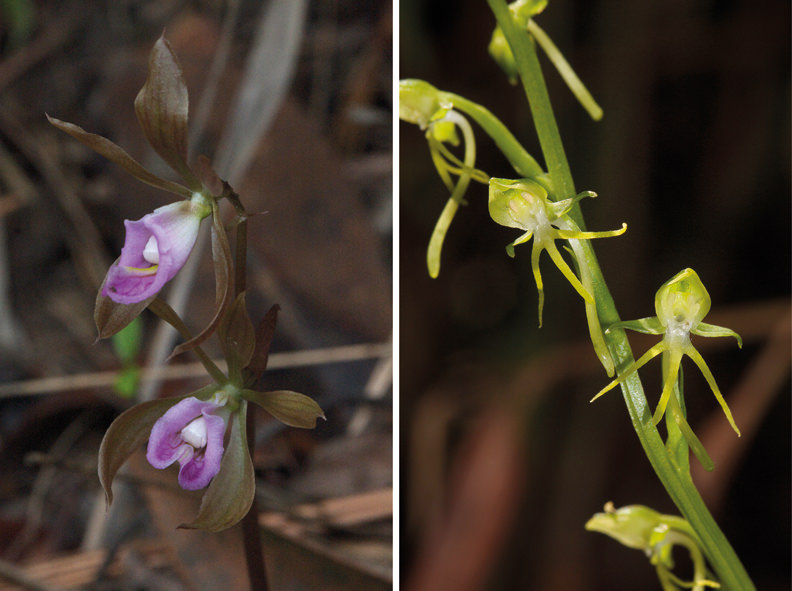
Nervilia plicata (left) accounts for high Evolutionary Distinctiveness in the orchid flora of Hong Kong. The Hong Kong population of the near-endemic Habenaria leptoloba (right) is of global conservation importance. Photos: S. Gale.
This work highlights the value of an integrated approach to conservation planning. However, scaling-up will require overcoming biases in the selection of species for Red Listing, addressing omissions in sampling, sequencing and barcoding initiatives, and encouraging broader stakeholder participation to tackle threats and protect species identified as priorities.
